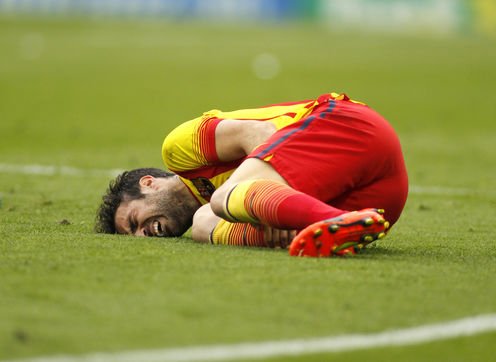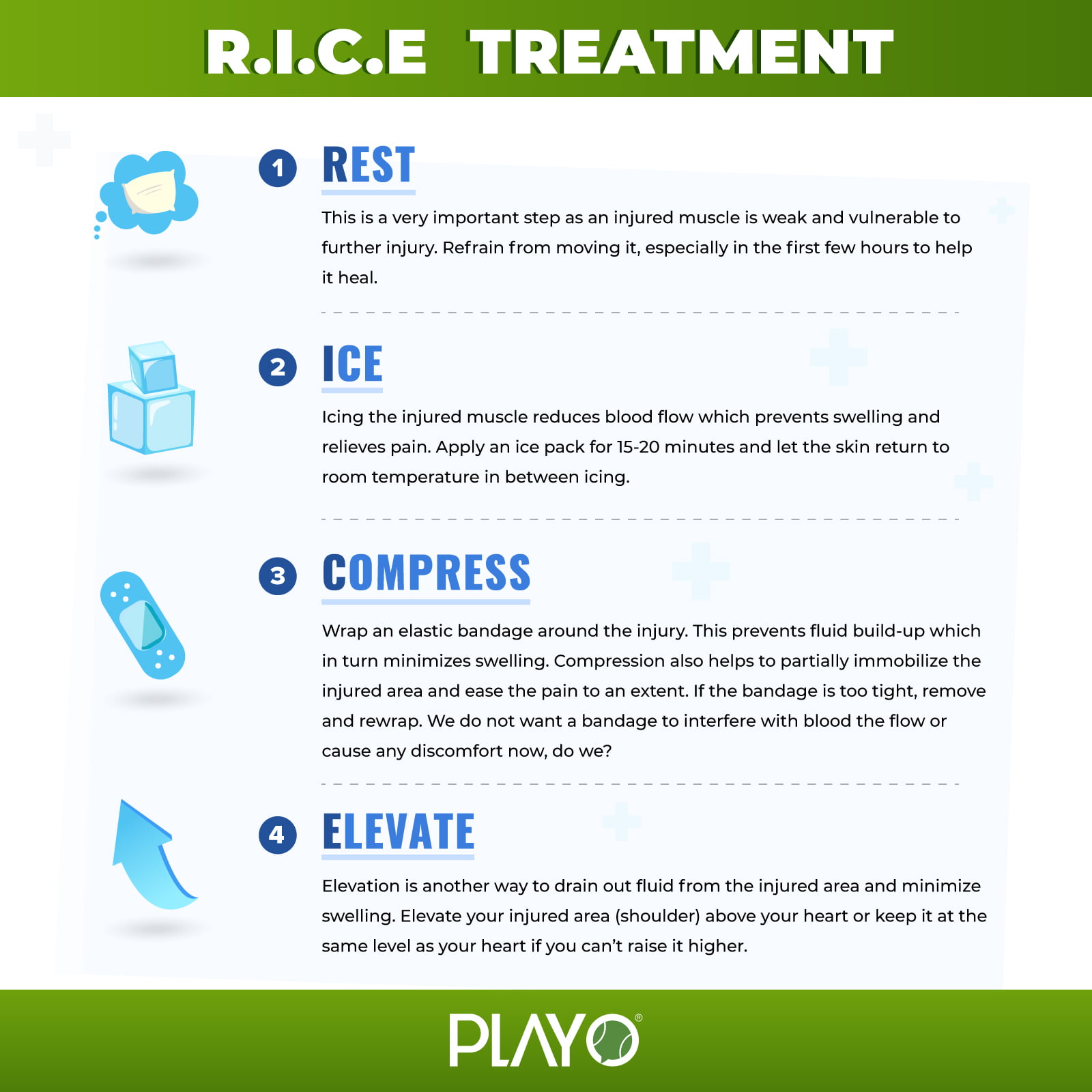Football injuries| Football is the world’s most popular sport and like any other sport, it comes with its own set of injuries. These injuries, mostly affect the lower extremities of the body.
Football is a high impact sport that involves a lot of tackling, blocking, and collisions with the opponents. This increases the risk of an injury. The constant running, pivoting and change in direction can also lead to injuries.
Football is a high-impact game and injuries during the game is inevitable. Taking proper care of these injuries will ensure that the condition does not aggravate further.
Here we talk about the most common football injuries and how to treat them:
-
Hamstring Strain:
The hamstring muscles are stretched beyond its maximum range while sprinting.
Prevention:
A good warm-up before a match is extremely crucial. A warm-up should last at least 15-20 minutes. As the muscle is warmed up, the tissue gets more extensible reducing the risk of an injury.
Treatment:
Following the R.I.C.E protocol should be the immediate treatment for any muscle injury. Seek a doctor if the injury is severe.
Here are some rehab exercises that can be done at home to release a tight hamstring:
2. Sprained Ankle:
This is one of the most common injuries in football. The ligament around the ankle gets damaged usually when the ankle is twisted inwards.
Prevention:
Goes without saying that a warm-up is a must! Apart from that, taping and bracing the ankle before a game can substantially reduce the risk of an injury.
Treatment:
To control swelling and pain, try the R.I.C.E method. Once the swelling reduces work on strengthening the ankle muscles for a faster recovery. Seek professional help if the pain /swelling does not reduce after 72 hours.
Here are some strengthening exercises for the ankle:
3. Meniscus Tear:
The knee cartilage between the thigh bone and the shin bone gets swollen-up/torn due to a sudden change in direction, running and landing too hard.
Prevention:
Strong quadriceps and hamstring muscles absorb the shock to the knee joint and hence protect the cartilage. “Lunges” and “good mornings” are great exercises to strengthen these muscles.
Treatment:
If the tear is minor it can often be treated with R.I.C.E and strengthening exercises. However, if the tear is severe and the swelling is not going down, seek a doctor as it might need to be treated surgically.
Here are some exercises that help strengthen the muscles around the knee cartilage to prevent football injuries:
4. Sports hernia:
Occurs when the pelvic region experiences stress due to constant kicking, sprinting and pivoting. Symptoms include pain in the lower abdomen and groin.
Prevention:
Exercises that strengthen and stabilise the core help improve the muscle function and combat extensive force that is applied to the lower abdomen and pelvis region.
Treatment:
A specialist is required to diagnose a sports hernia. It is possible for a footballer to continue playing wearing warm pants until surgery.
Do these exercises to bulletproof your core:
ACL (anterior cruciate ligament) Injury:
ACL is a ligament that connects the thigh bone to the shin bone. This injury can occur due to incorrect landing from a jump or quickly changing directions while running.
Prevention:
Wobble board training is known to be very effective in preventing knee ligament injuries. This improves the sensory functions around the knee.
Treatment:
ACL injuries should be brought to the notice of an orthopedic consultant. Immediately after the injury, the P.R.I.C.E treatment is the most effective. It is almost similar to R.I.C.E with the added step being Protection. Protect the injured knee from further damage with a knee brace.
Football season is an exciting time for players. Injuries are inevitable and the only way to avoid them is to not play at all. Moreover, the ability to recover from injury adds to the glory and is a part of what sets football players a class apart!
FOLLOW US ON INSTAGRAM FOR SPORTS MEMES AND REELS!






0 Comments